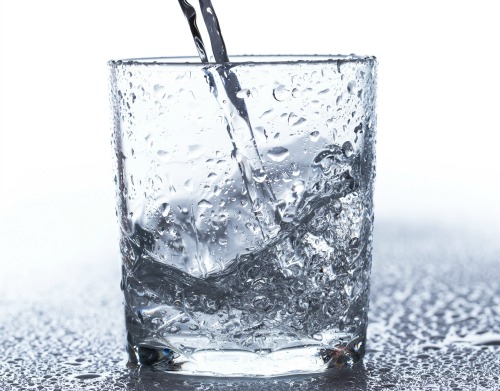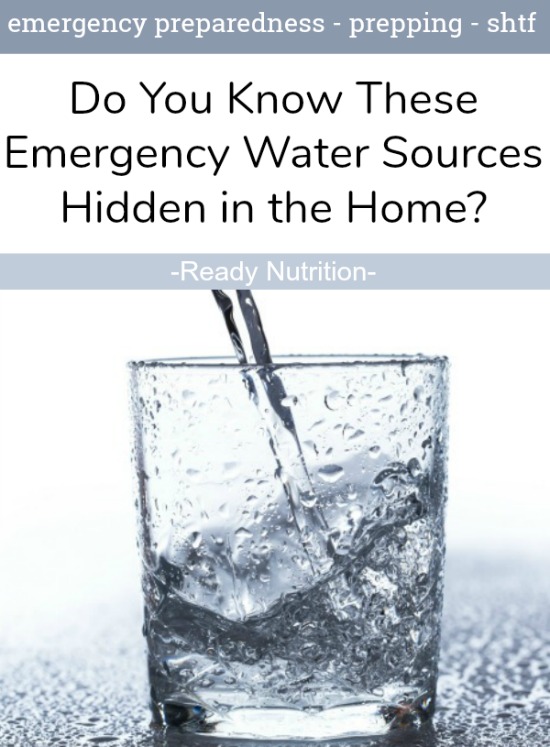
While there are short and longer-term ways to store water, there may come a time when your stored water runs out and you must look elsewhere.
When water is unavailable, we must tap into other sources for emergency use. According to FEMA, there are sources in the home that you can access for emergency water.
Learning ways to get to these water sources would be a proactive approach to accessing hidden water. If there is any doubt that the water you are about to consume may be compromised, it’s better to be on the safe side and treat it through one of the three water treatment methods: chemically, through distillation or through a boiling method.
Safe Sources
- Melted ice cubes
- Water drained from the water heater (if the water heater has not been damaged)
- Liquids from canned goods such as fruit or vegetable juices
- Water drained from pipes
- To use the water in your pipes, let air into the plumbing by turning on the faucet in your home at the highest level. A small amount of water will trickle out. Then obtain water from the lowest faucet in the home.
- To use the water in your hot-water tank, be sure the electricity or gas is off, and open the drain at the bottom of the tank. Start the water flowing by turning off the water intake valve at the tank and turning on the hot water faucet. Refill the tank before turning the gas or electricity back on. If the gas is turned off, a professional will be needed to turn it back on.
Unsafe Sources
- Radiators
- Hot water boilers (home heating system)
- Waterbeds (fungicides added to the water or chemicals in the vinyl may make water unsafe to use)
- Water from the toilet bowl or flush tank
- Swimming pools and spas (chemicals used to kill germs are too concentrated for safe drinking but can be used for personal hygiene, cleaning, and related uses)
Water is one of the most important items to have stored. We use water for everything: hydrating our bodies, cleaning our bodies, brushing our teeth, for cooking, cleaning the dishes, and cleaning wounds. Ensure that you have enough for these purposes.


Tess,
Some help, please. I live on a salt water bay. A lot of water but none to drink. I need to find some good, inexpensive solar distillation equipment. There is a lot on the web but either it’s flimsy (pop bottles painted black) or expensive ($400 for a fair solar still). I’m sure that there are a lot of people like this.
Help, please.
Carl Didier
Hi Carl,
This is the website where I got my distillation unit. I know the owner personally, and he is a stand up individual. I’m sure that he can tell you which of his products would work.
Thanks,
Tess